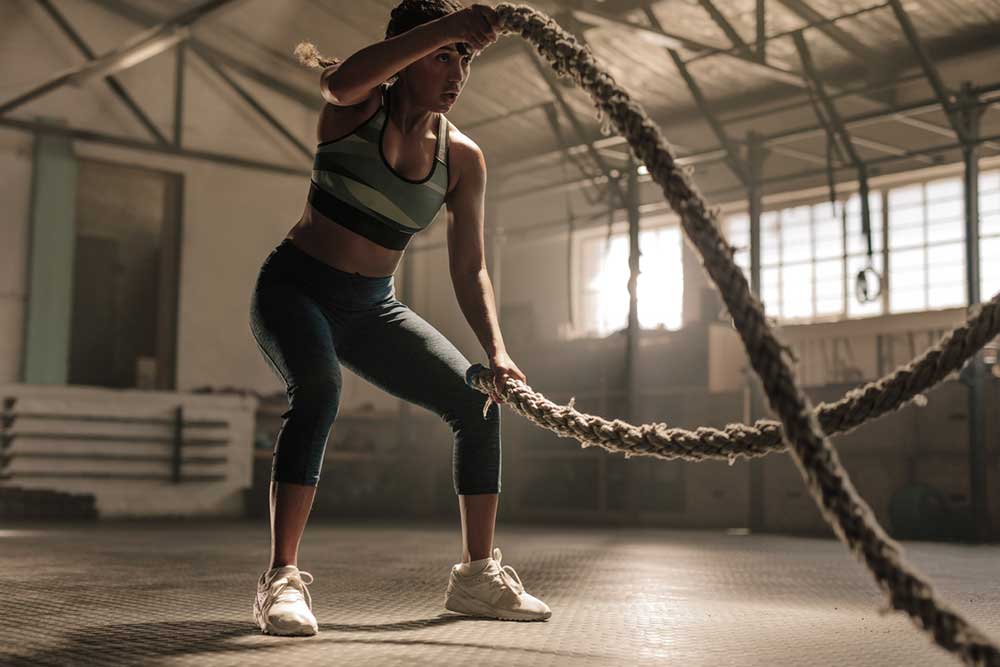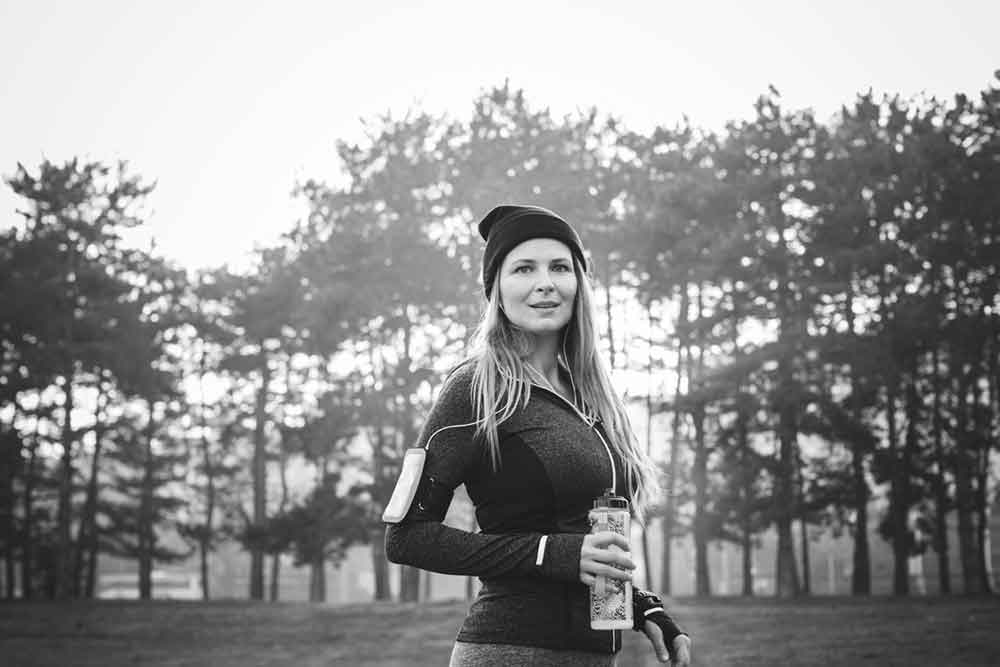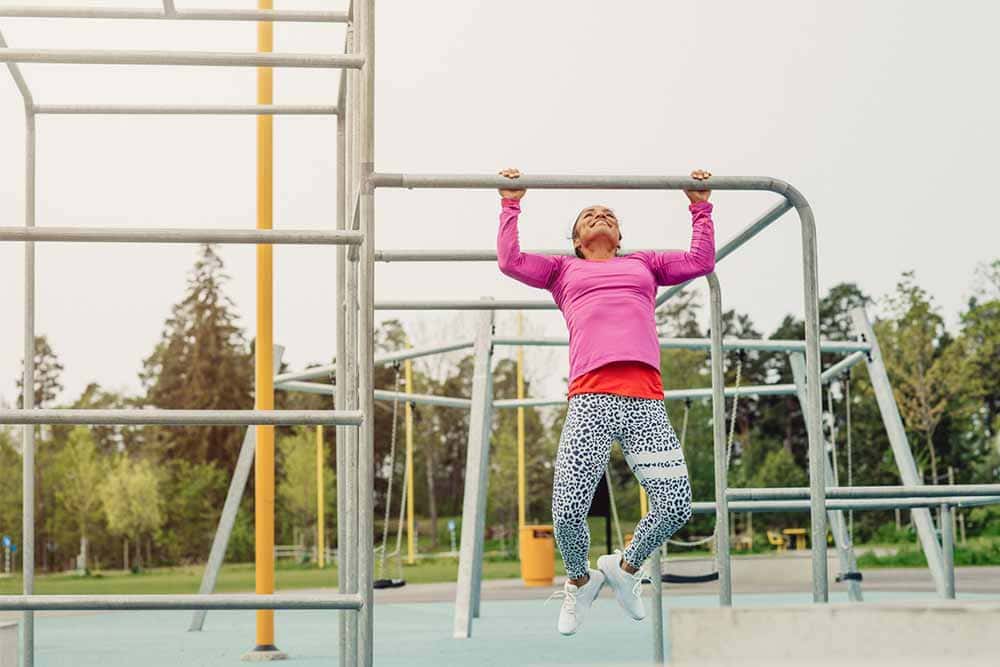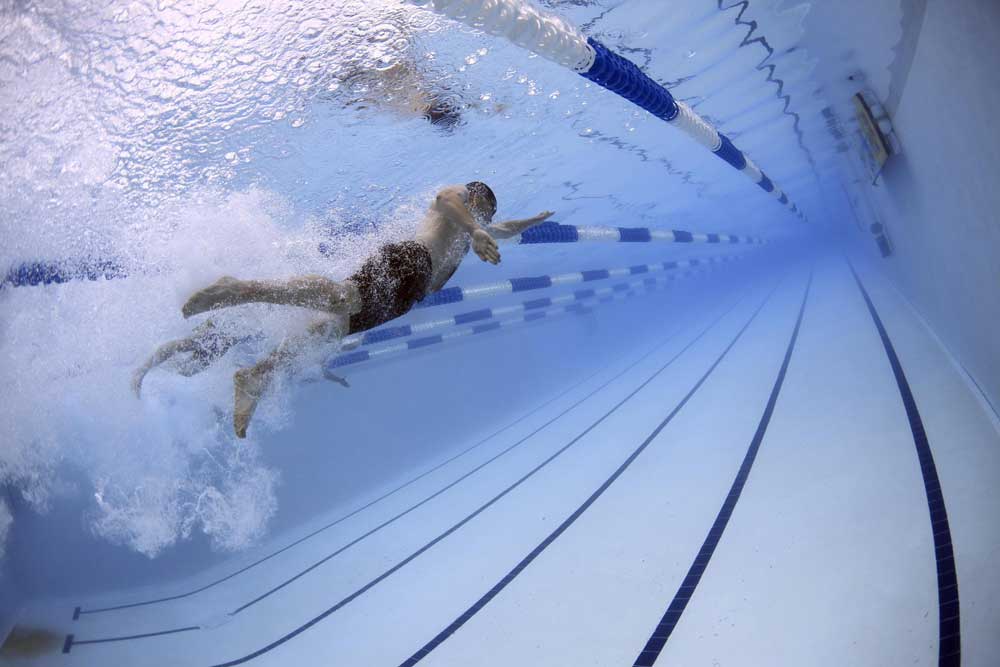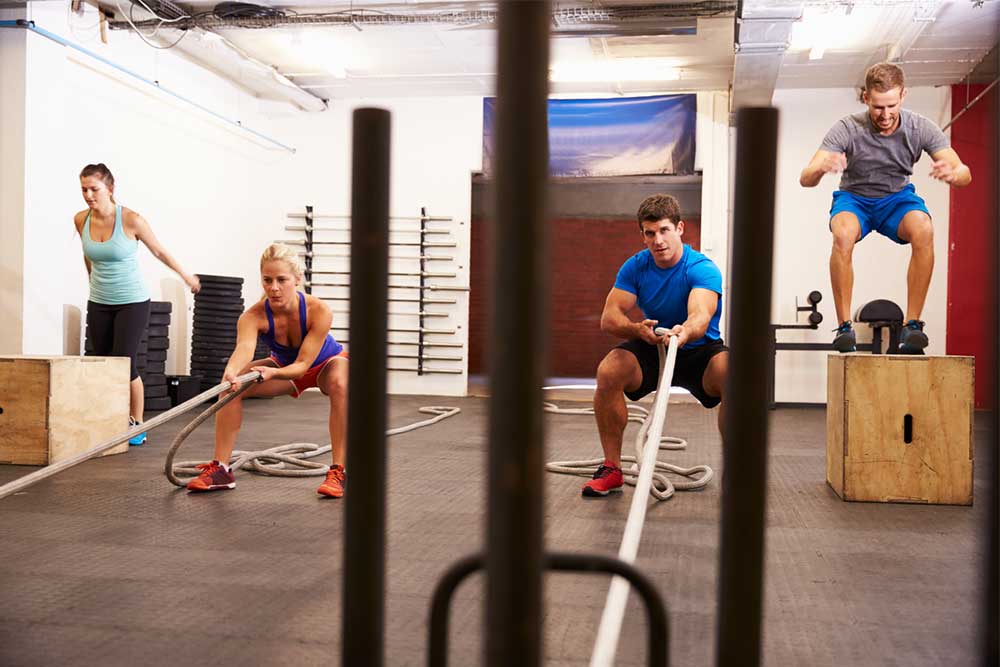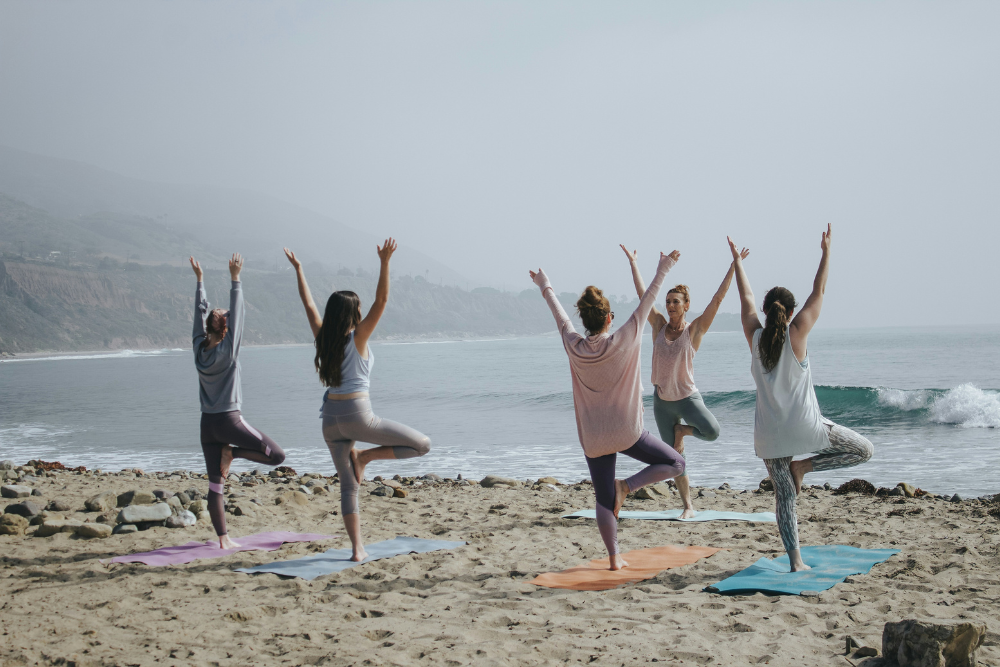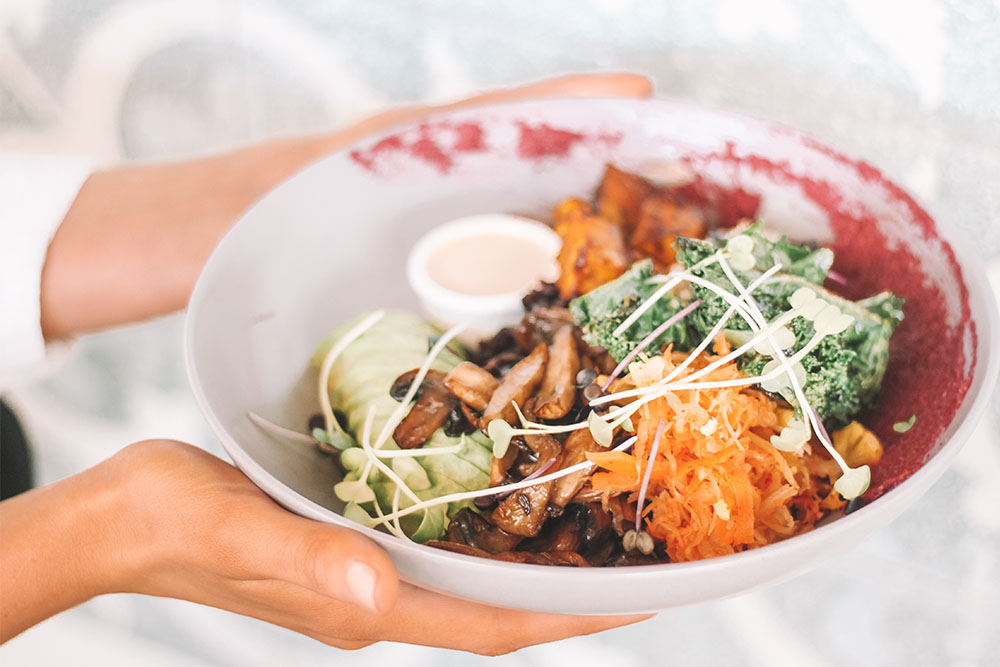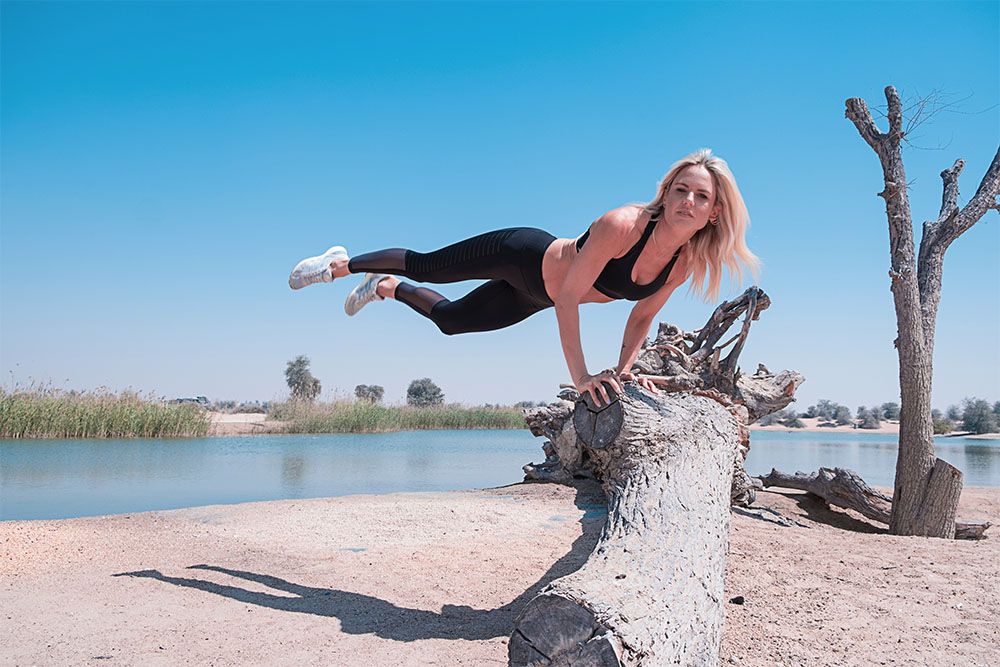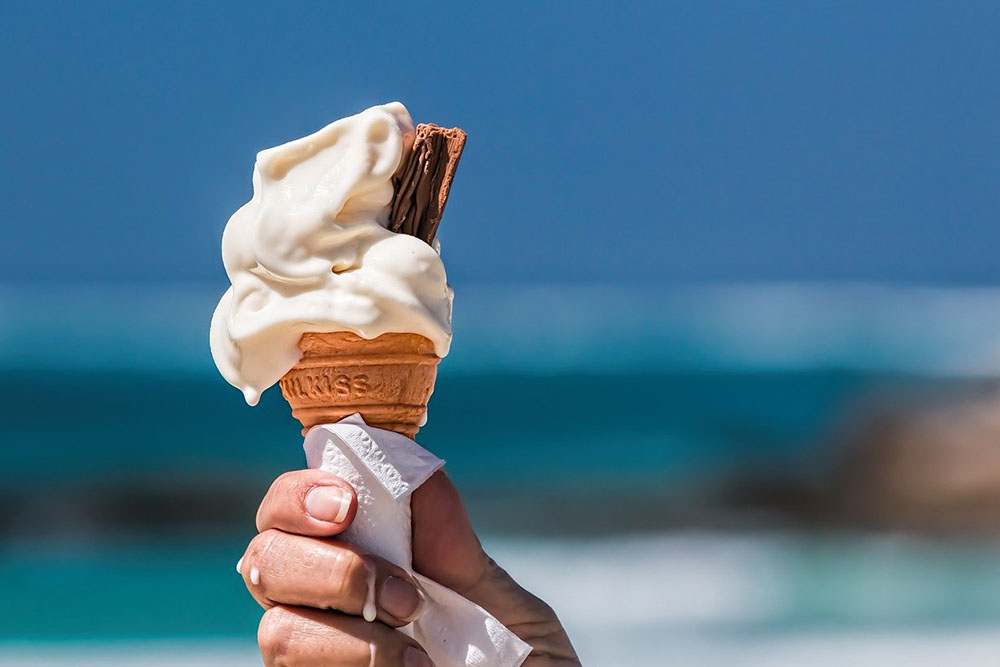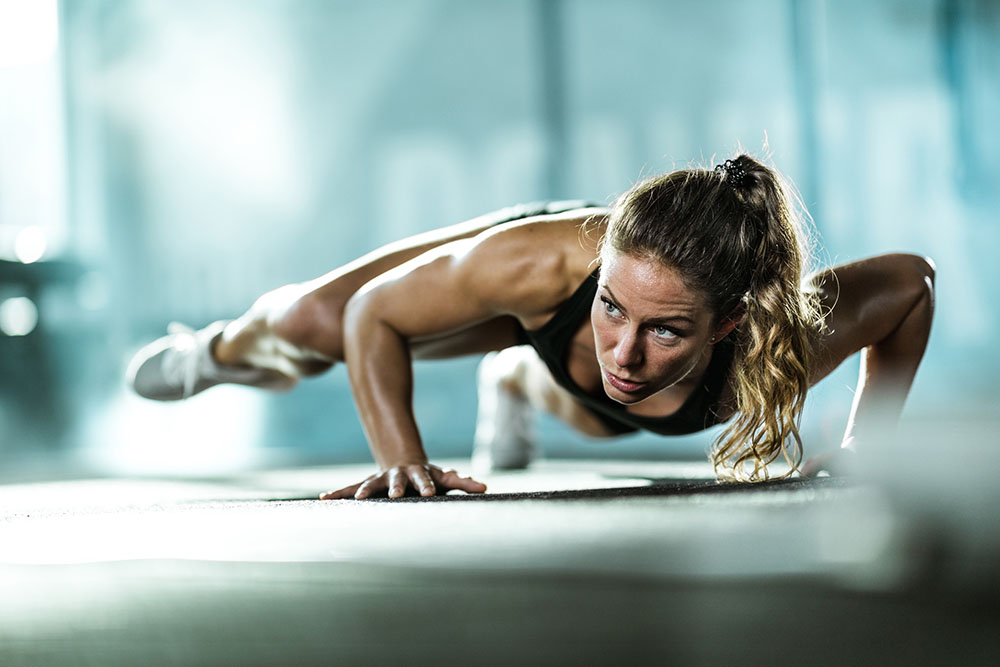Should I Eat Before Or After My HIIT Workout?
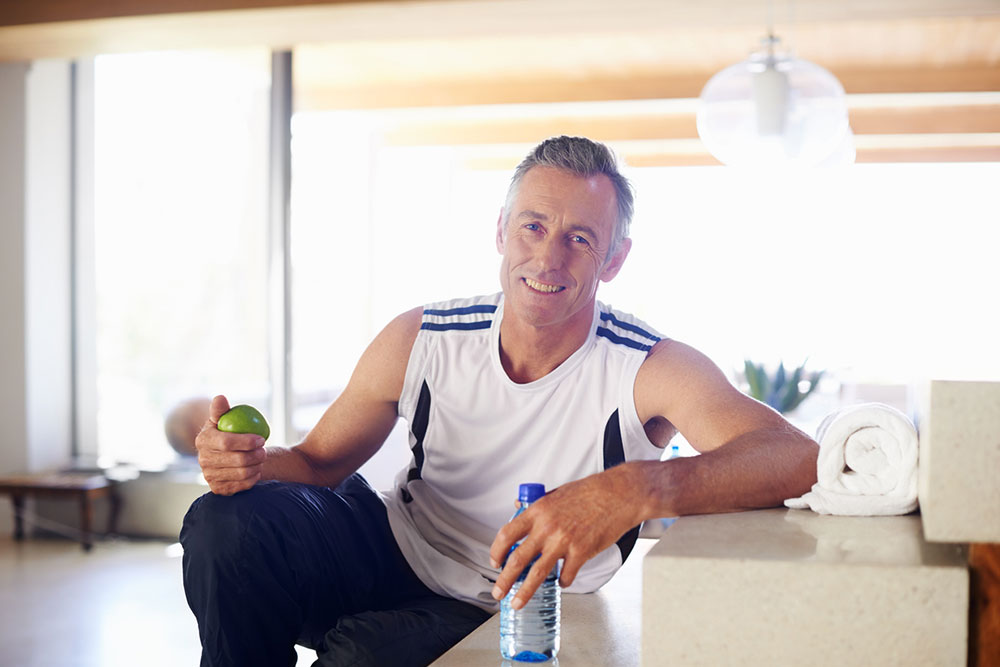
Alyssa Bialowas
Okay so you did it – you’re awake and you’re mentally ready to go to the gym, to the park, or even just downstairs to your living room where you’ve set up your high-intensity interval training (HIIT) circuit. Now your stomach is grumbling and you’re thinking of all those myths about eating before or after a workout, what to do? Should you skip eating and go straight for the workout? Let’s dive into some best practice eating habits. Proper eating habits and proper nutrition will maximize the benefits of all of that time you’re putting into your training.
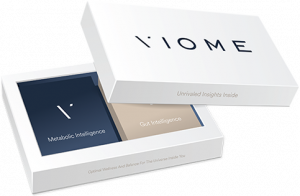 Want to know exactly what you need to eat to feel better, lose weight, end cravings and have more energy? Check out the Viome gut microbiome test and wellness kit.
Want to know exactly what you need to eat to feel better, lose weight, end cravings and have more energy? Check out the Viome gut microbiome test and wellness kit.
Myth:
Training on an empty stomach will help you lose weight via burning fat quicker and more easily. You can reach your fitness goals faster by using energy already stored in your body. If you have not put any calories in, your body will automatically resort to burning body fat.
Related Article: 90 Seconds A Day of HIIT Might Be All You Need
Fact:
Your body needs adequate energy if you’re going to get through your workout at peak intensity! Starving yourself before a workout can actually be detrimental to your overall health. The facts that surround this myth-debunking are related to blood sugar levels and overall energy production by your body. In terms of your blood sugar, when you’re running at a very low level and doesn’t have adequate levels of protein, carbohydrates or fat to burn, your body starts to convert your own muscle tissue into energy. Which is completely ironic if the whole point of you working out in the first place is to gain muscle.
During your workout, you could feel lethargic and light-headed as a result of low blood sugar, which could compromise your workout. You won’t be able to work out as intensely as if you had eaten something. Fasted workouts also tend to put more stress on your body. If you are consistently feeling bad during your workouts, it can make it vastly more challenging to stay motivated and keep going. Overall, it’s not worth it.
Making sure you are eating before your workouts is particularly important in adults over 55. Muscle loss is already a concern as we age, so it is important to eat something before your workout to avoid converting any muscle that we can’t afford to lose. Younger athletes may have less cause for concern over this if they are already in good health, but studies suggest anyone trying to lose weight optimizes weight loss benefits of exercise by having a small snack before exercising to give them an extra boost of energy. If you can eat something small that combines protein and carbohydrates, like a banana with peanut butter, or a hard-boiled egg, you will find yourself feeling better and getting more out of your workouts.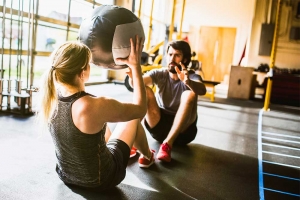
The following are some food and snack ideas to help you make healthy eating choices before your workout. The goal is to find the right balance of food to eat so that you are not too lethargic from lack of food and not weighed down by eating too much.
Pre Workout Foods
Eat at least 45 minutes before a workout so you don’t cramp or feel sick while you’re training. Having one of these healthful snacks is highly beneficial in providing the right amount of energy without overstuffing yourself.
Here are some examples of good carbohydrates and protein foods to eat before your workout:
- Protein shake
- Nuts
- Organic Greek yogurt with granola
- Whole wheat toast with peanut butter and bananas
- Almond butter
- Smoothies
- Oatmeal
- Pumpkin Seeds
Post Workout Foods
Post workout, your body needs to replenish the glycogen your body depleted during exercise, meaning you must eat something nutritious. For speedy muscle recovery, eat protein. If you can, try to eat a small protein snack no more than 20 minutes after your workout, and 3-4 hours later, eat a full meal heavy in complex carbohydrates and heavy in protein.
Carbohydrates:
- Quinoa
- Brown or wild rice
- Multi-grain bread and pasta
- Legumes (peas, beans, peanuts, and alfalfa)
- Sweet potatoes
- Beetroots
- Oranges
- Blueberries
- Grapefruit
- Apples
- Kidney Beans
- Chickpeas
Proteins:
- Tofu
- Chicken Breast
- Eggs
- Avocado
- Beans
- Protein Shake
- Sweet Potatoes
- Cottage Cheese
- Broccoli
- Lean Beef
- Fish
- Lentils
- Shrimp
- Brussel Sprouts
Related Article: High-Speed Resistance Training
Hydration and HIIT
As always, drink loads of water. The intensity of your workout will dictate the amount of water you should be drinking post-workout. A general guideline is to drink 16-ounces of water for every pound lost. Hydration, in general, is important to keep up and while dehydration doesn’t seem to be as influential on athletic performance as we once thought, drinking water and drinks with electrolytes is good for overall health and exercise. If you are someone who gets tired of drinking plain water, try an electrolyte mix or coconut water for a healthy, energy-increasing alternative!
Takeaway
Eating something nutritional before your HIIT workout out is important and necessary for maximizing weight loss and muscle gain benefits. Combining a snack that is rich in protein and carbohydrates will provide you with the energy and power you need. Without the boost from a snack, you run the risk of your body converting muscle to energy which is the opposite result any of us hope to gain from HIIT! Proper nutrition is important for everyone’s health and longevity, but particular importance is stressed to those over 55 to reduce the chances of more muscle loss. If you are uncertain what the best nutritional plan is for you, consult a specialist who can help you develop a healthy dietary plan that suits your individual needs. They say fitness starts in the kitchen and when it comes to maximizing your workout benefits it couldn’t be more true.
 Recover faster from high-intensity workouts with the Recoup Fitness Roller.
Recover faster from high-intensity workouts with the Recoup Fitness Roller.
JOIN OUR NEWSLETTER
You Might Like:

